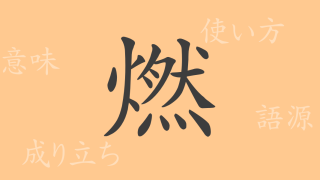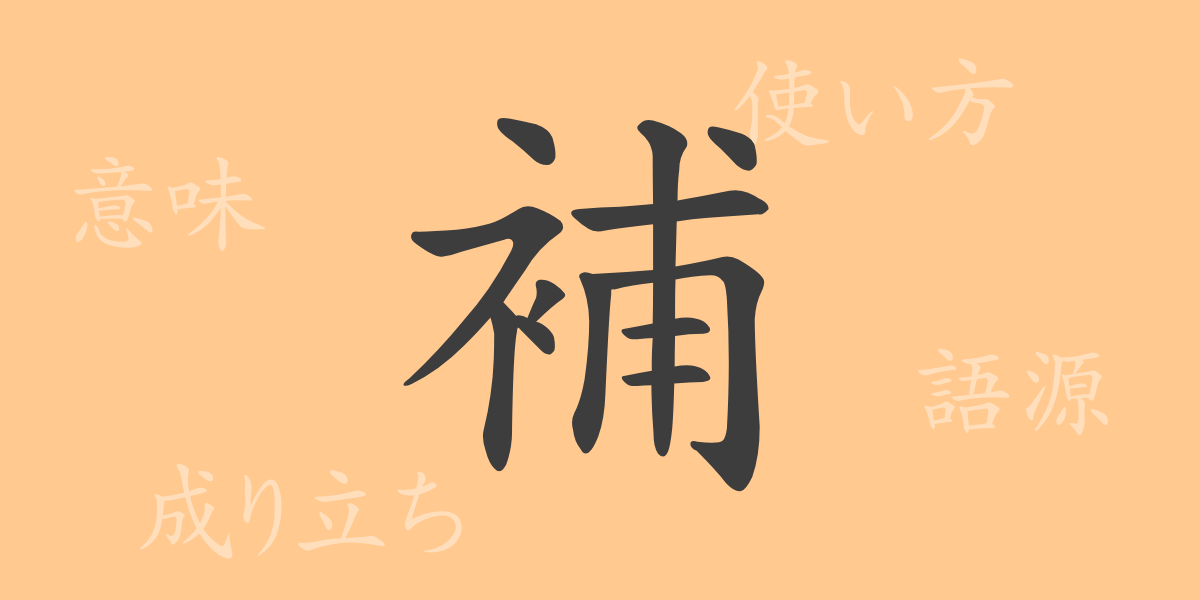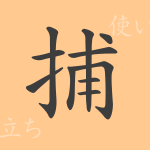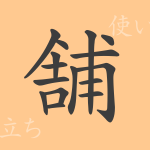In the Japanese language, there are numerous kanji characters with profound meanings. Among them, the kanji “補” (ho) is a convenient character frequently used in daily life and business scenes. In this article, we delve into the charm of “補” (ho), from its etymology to its modern usage, and even its use in idioms and proverbs. Let’s explore the history hidden behind the words and rediscover the depth of the Japanese language.
Etymology of 補 (ho)
The kanji “補” (ho) is a character that originated from ancient China, representing the act of mending clothes. Originally, it derived from the act of “補う” (oginau), meaning to mend a hole in clothing, and came to signify filling a deficiency. The structure of the character combines “衣” (koromo), representing clothing, with “甫” (ho), visually expressing the act of mending.
Meaning and Usage of 補 (ho)
The kanji “補” (ho) means “to fill a deficiency” or “to cover a missing part.” This applies not only to physical repairs but also to abstract concepts, such as “補う” (oginau) knowledge or “補う” (oginau) physical strength. Additionally, it is commonly used in the form “補助” (hojo), meaning assistance or support.
Readings, Stroke Count, and Radical of 補 (ho)
The kanji “補” (ho) is frequently used in daily life, so it is helpful to know its readings, stroke count, and radical.
- Readings: In On’yomi (音読み), it is read as “ホ” (ho), and in Kun’yomi (訓読み), it is read as “おぎなう” (oginau).
- Stroke Count: The kanji “補” (ho) has 12 strokes.
- Radical: The radical is “衣” (ころもへん, koromo-hen).
Idioms, Proverbs, and Expressions Using 補 (ho)
Here are some idioms, proverbs, and expressions that include “補” (ho):
- 補助金 (hojokin): Funds provided by the government or public institutions to support specific activities or projects.
- 補填 (ほてん, hoten): The act of filling in or compensating for something that is missing or lost.
- 補償 (ほしょう, hoshou): Compensation for damage or loss.
- 補完 (ほかん, hokan): The act of making up for a deficiency to achieve completeness.
These idioms and expressions reflect the essential meaning of “補” (ho) as filling a deficiency.
Summary of 補 (ho)
The kanji “補” (ho), as indicated by its form and meaning, is a useful character for filling in missing parts when something is lacking. As a common kanji in Japanese, it is utilized in various situations in daily life and business. We hope that by understanding the history and meaning of “補” (ho) through this article, you can enjoy richer Japanese expressions.

























